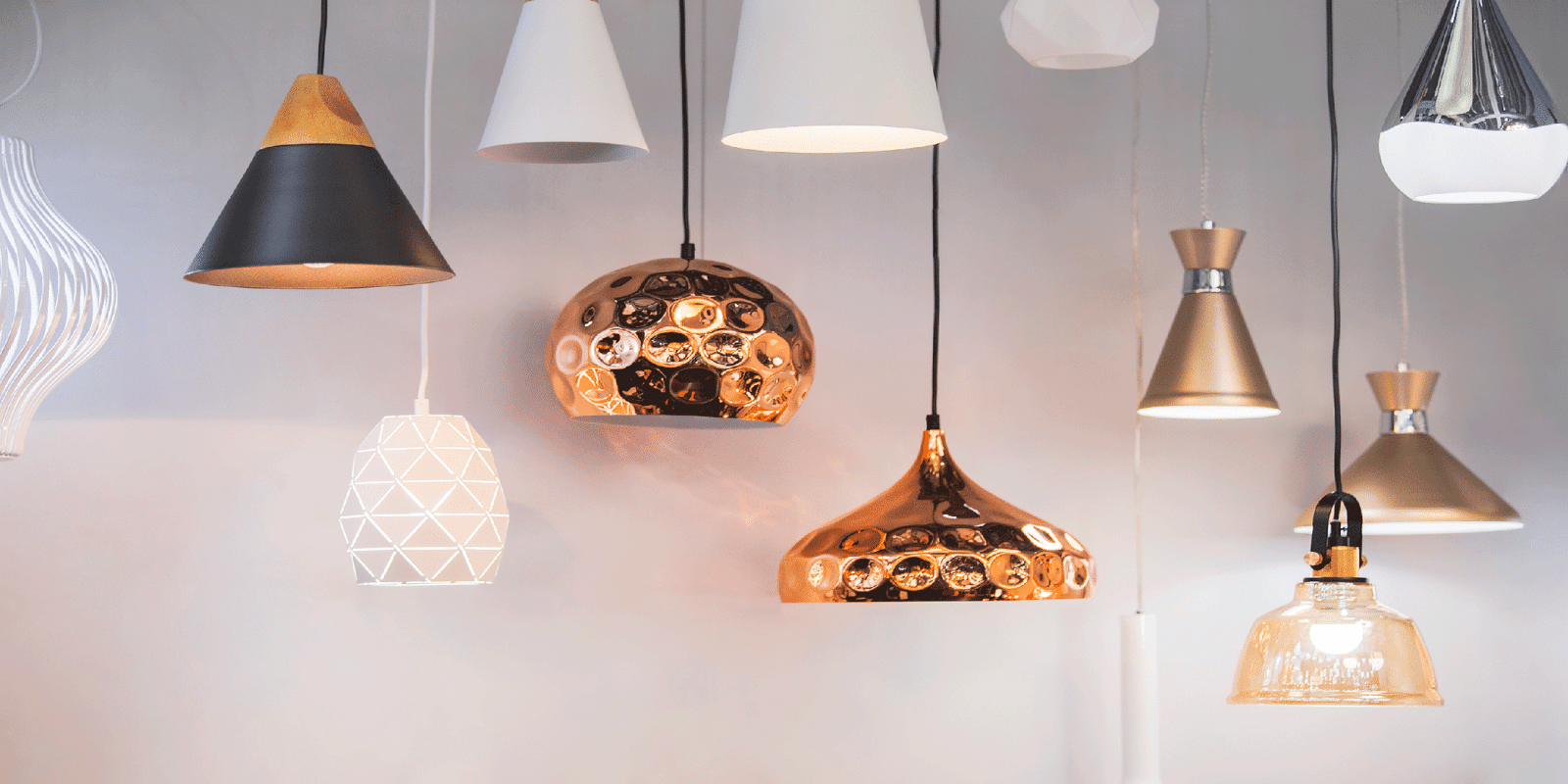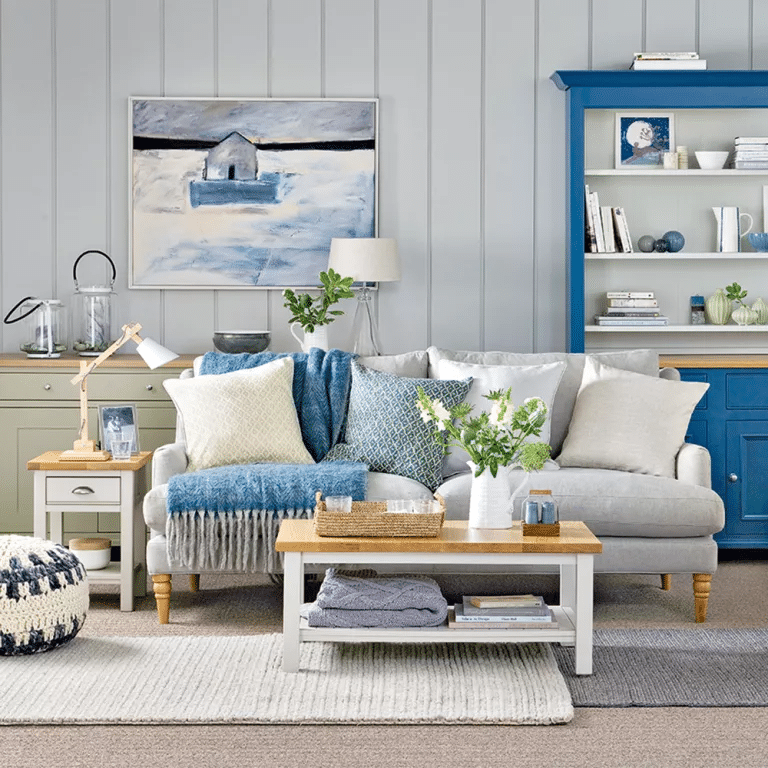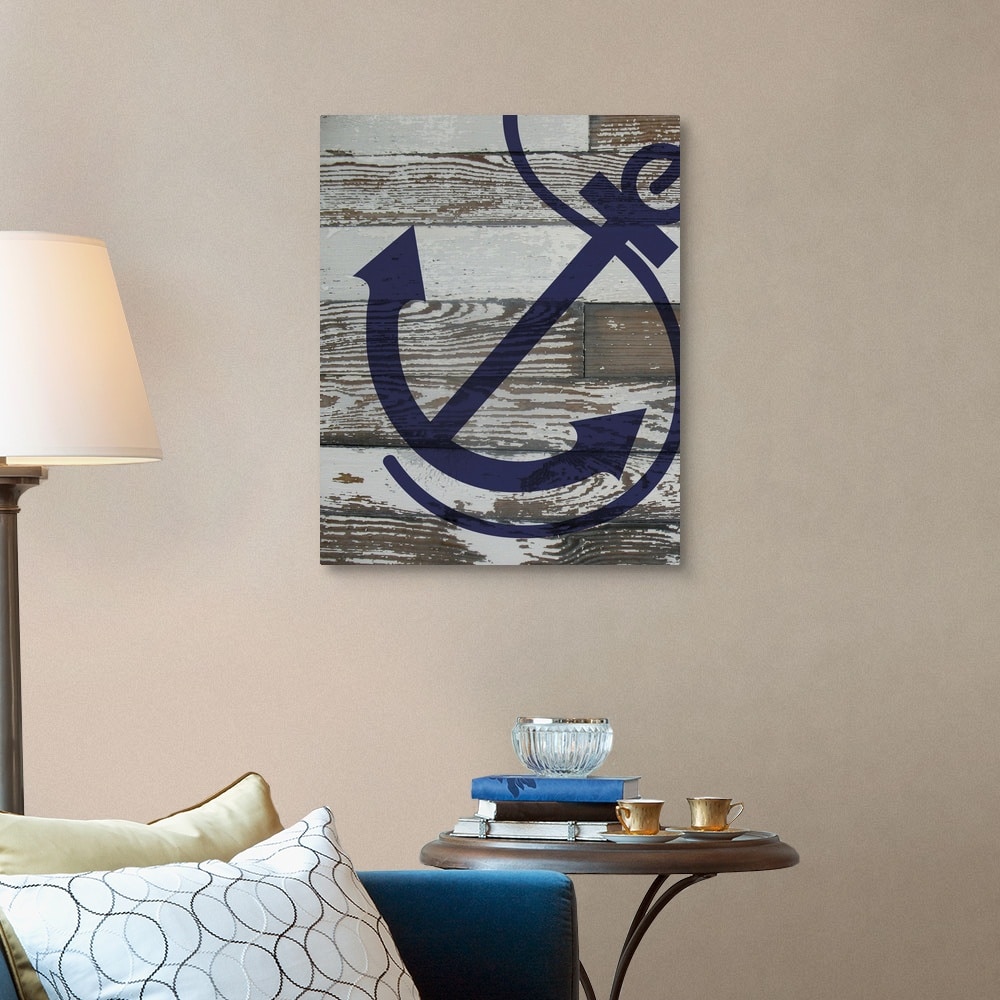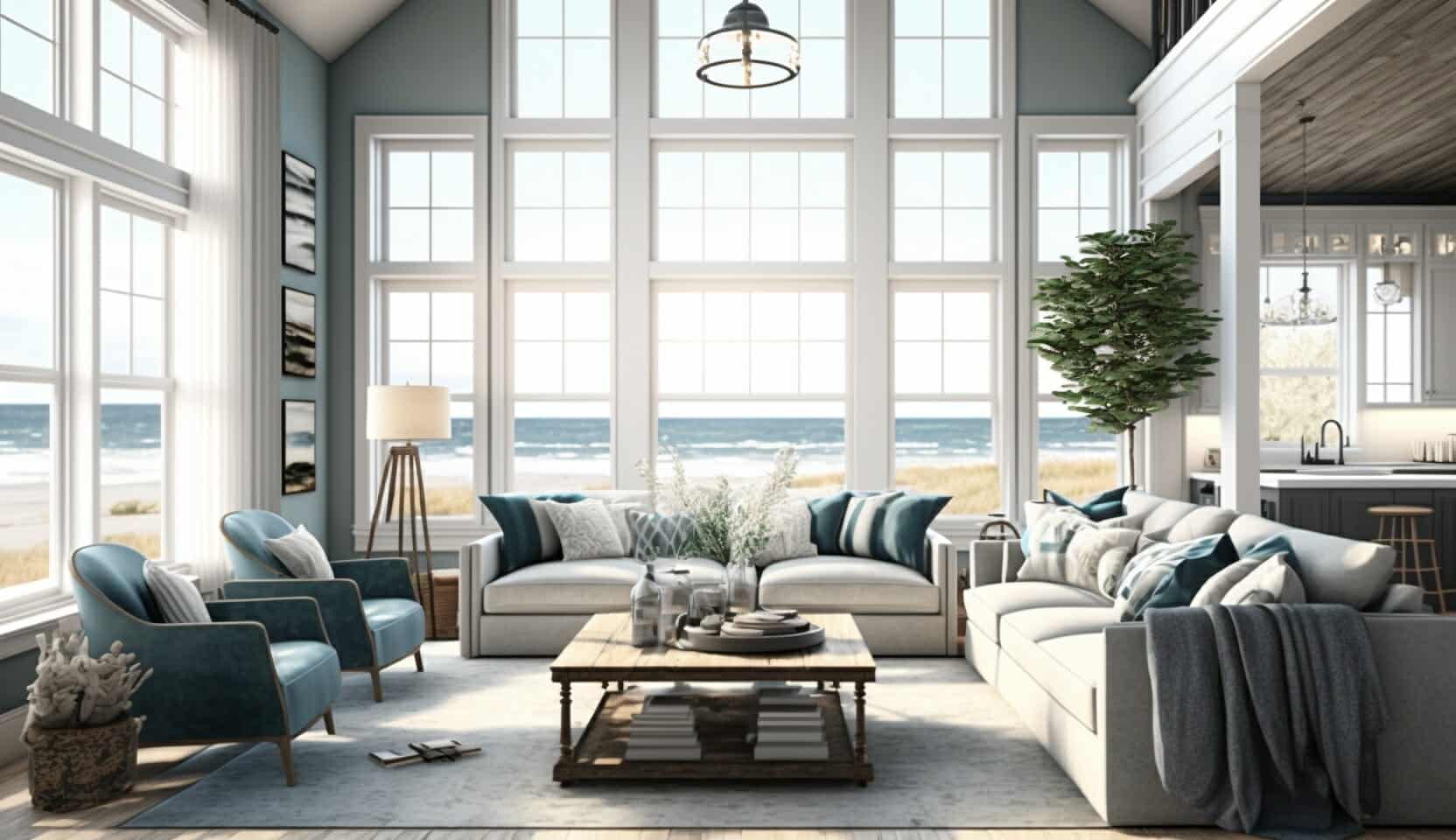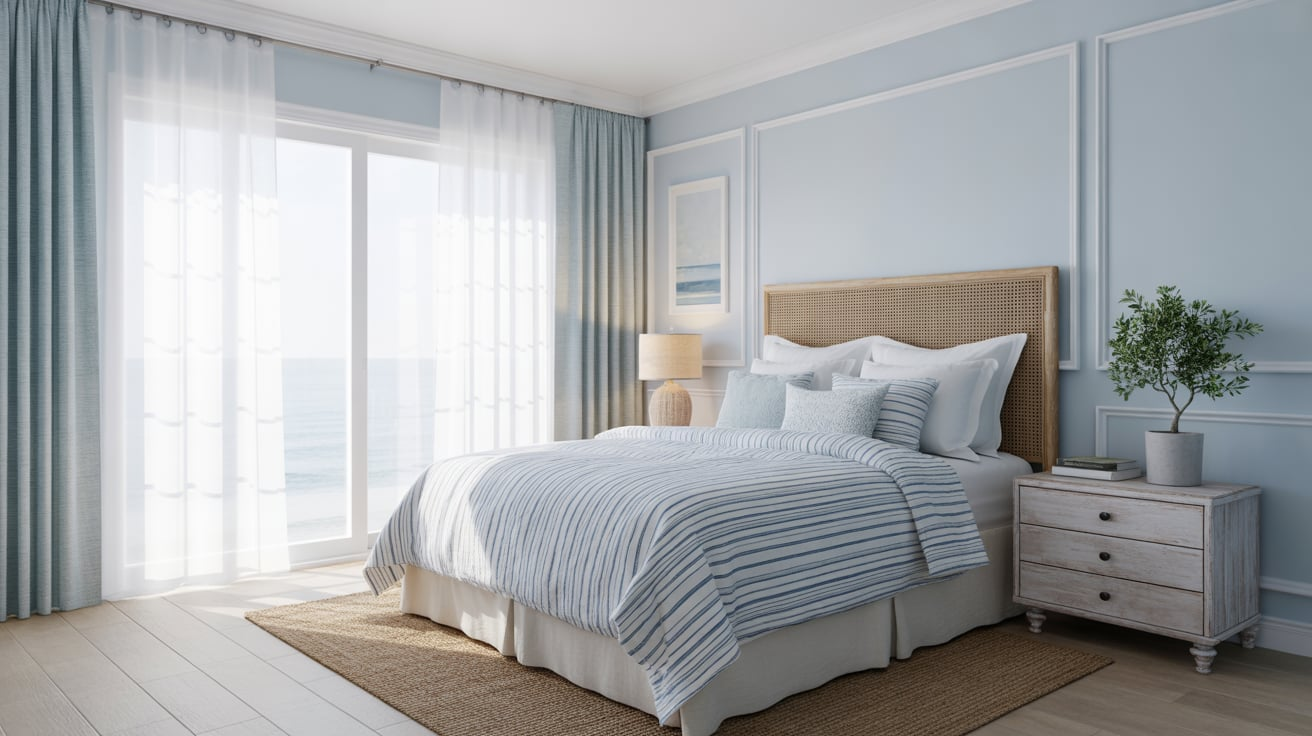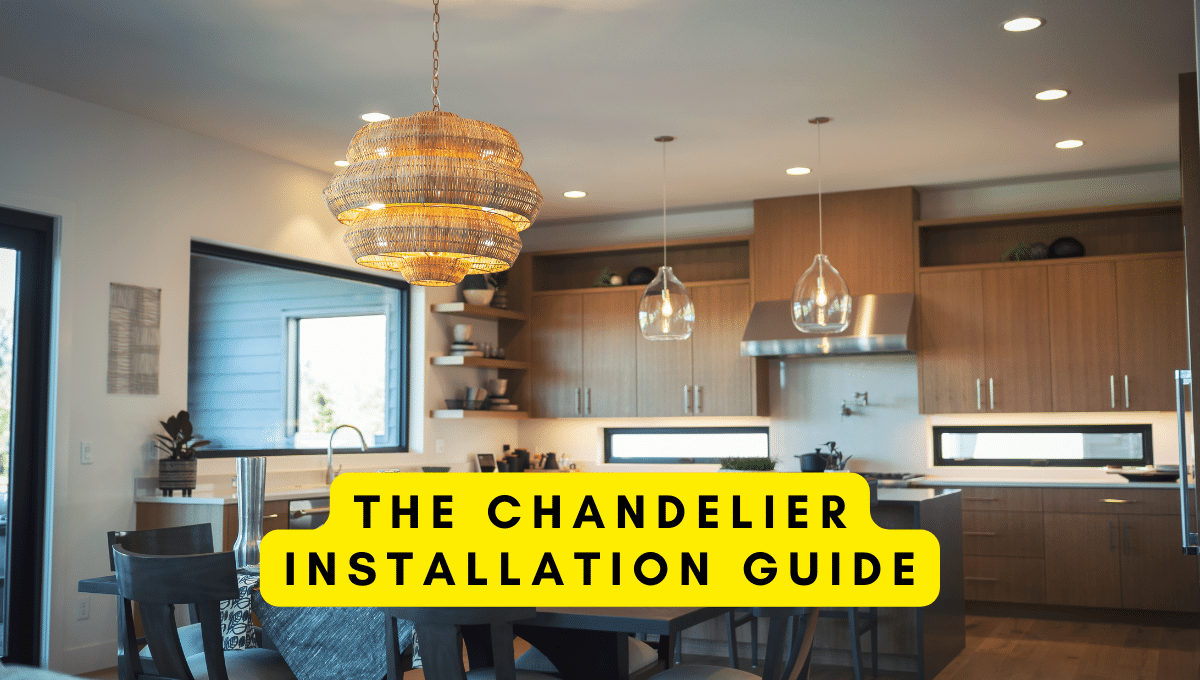What Materials Are Commonly Used in Coastal Chandelier Designs?
Chandeliers are the most loved home decor elements. They are alluring and are capable of captivating the attention of visitors. They are too beautiful and bright to miss. They are available in a plethora of designs to suit everyone’s preferences.
Choosing the right material for the chandelier is significant. Besides adding beauty to the room, they create a statement and show your personality.
Kick back and check out the detailed explanation of the materials commonly used in coastal chandelier design.
1. Weather-Resistant Metals
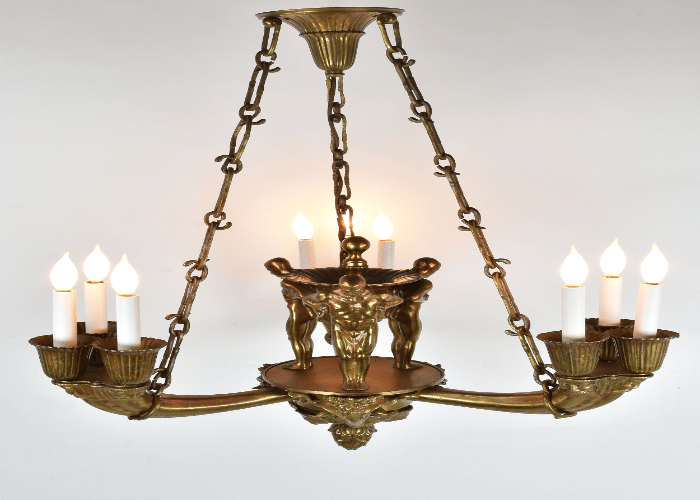
- Stainless Steel is a strong material that will hold the chandelier for years to come. They are corrosion-resistant and offer better functionality. The sturdy material holds onto the ceiling firmly. Comparatively, the material is sustainable and reliable in the long run. Besides, firmness, flexibility, and reflectivity improve the overall aesthetics.
- Aluminum is corrosion-resistant. It creates a natural oxide layer on the surface, which prevents the chandelier from rusting or corroding. They are lightweight yet strong. The material is the best pick for chandeliers. Aesthetically, anodizing offers plenty of designs.
- Bronze, like the others, is durable and sturdy. It can easily hold onto the glass and crystals on the chandelier. The color of bronze adds depth to the space. And the patina formed by bronze over time due to oxidation provides an aesthetically pleasing look.
2. Natural Elements
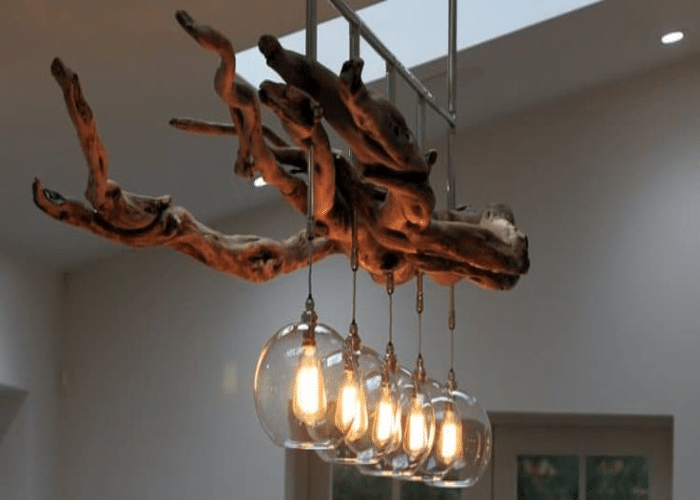
- Seashells are one of the natural elements used to unlock an aesthetic effect. Usually, they are not used as the core material. But as a decorative element. They add texture and give a softening effect. They come with certain limitations, being fragile and having poor structural support and maintenance.
- Driftwood is a one-of-a-kind material that will draw many eyes: wood associates nature and boho-inspired living. Driftwoods reflect your minimalistic and boho-inspired living.
- Ropes and nauticals evoke maritime vibes and give a seashore ambiance to the space. It tells a story of experience and adventure. It adds a minimalistic view to the space.
3. Glass Variation
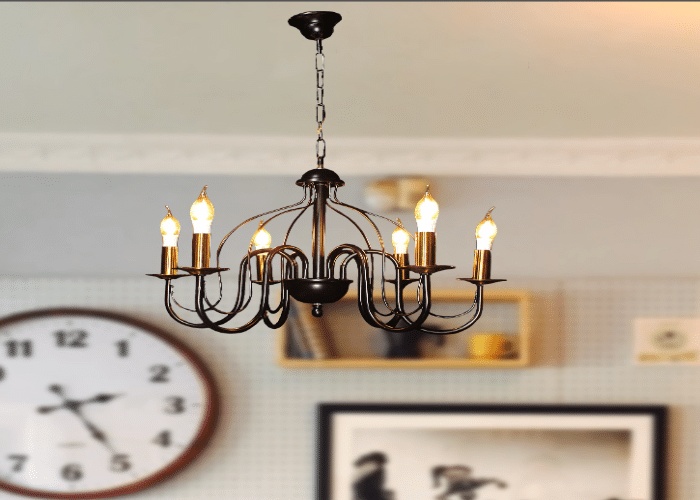
- Textured and frosted glass adds depth to the space and creates a striking focal point. Glass provides an elegant outlook to the space. The frosted glass gives privacy and partially obscures light. Frosted glass reduces the intensity of harsh light and gives filtered and medium light.
- Sea Glass comes in various colors, meaning the space will be flashed in multiple colors and create a striking focal point. They invoke beautiful memories, such as a vacation you went on when you were a kid or some pleasant memories associated with the beach.
- Patterns and light diffusion are a simple yet effective way to save electricity and attain elegance. They are an eco-friendly option for a chandelier design. The catch is it needs a bit of elbow grease to maintain.
4. Organic Materials
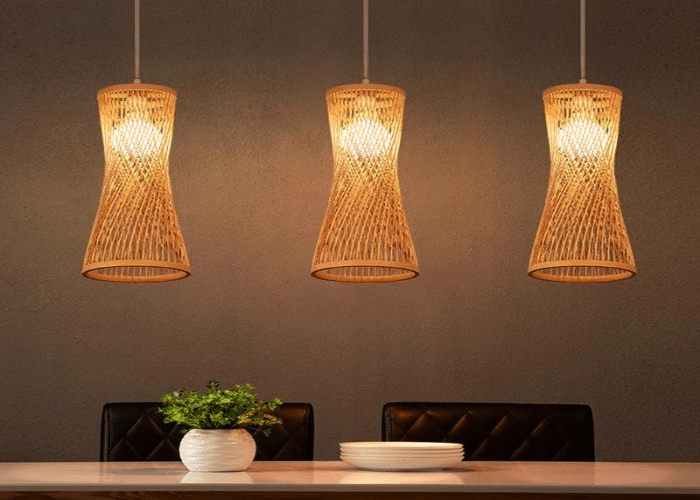
- Rattan, bamboo, and wicker add a bohemian touch to the space. They are cost-effective and appealing at the same time. Just with a meagre amount, a great deal of elegance can be achieved. They are eco-friendly and give an airy and light appearance.
- A Beach-inspired ambiance can be achieved by adjusting the ambiance and the room color. Beach colors such as blue, turquoise, sandy beige, and sandy white can be used in the chandelier to unlock a beach-inspired ambiance. The beach-inspired ambiance creates a warm and inviting atmosphere. Usage of ropes and sea stones brings beach vibes to the space.
5. Coastal Embellishments

- The main reason to choose Coral Accents is the wide range of color palettes it offers. They come in soothing blue, turquoise, and beige colors. When incorporated with the chandelier design, it creates a welcoming environment and increases the positive vibes. Coral Accents symbolize longevity, protection, and even luck in some cultures. Your chandelier with coral accents can be a lucky charm and bring prosperity. The coral accents with striking designs can spark conversation.
- Mosaic tiles can make a bold statement. The wide array of color palettes tells a story of its own. The ability to incorporate multiple colors and designs can create a vibrant environment. The texture interacts with light, and intricate designs enhance the overall appeal of the space.
6. Wooden Elements
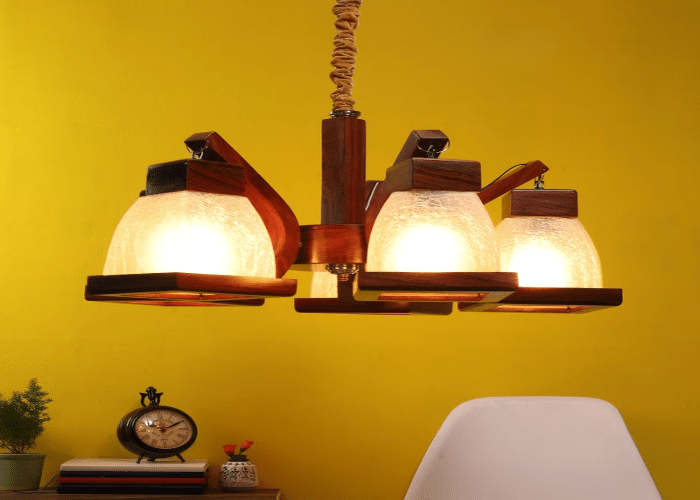
- Teak and Cedarwood have a naturally warm and rich tone. They can effortlessly increase the value of the chandelier. Teak and cedar exhibit beautiful patterns and designs that will add depth and create a compelling focal point. If perfectly blended with the environment or crystals, it can create a harmonious environment, hands down. Teak and cedar are timeless choices for a chandelier design.
- Weathered Wood has a rustic and vintage charm and adds a historic ambiance to the space. They are an eco-friendly and cost-effective alternative for your chandelier.
- Copper’s reddish accent brings a warm and welcoming environment to the chandelier design. Copper can easily blend in and create striking visuals. Over time, Copper creates a natural coating called Patina that will give a natural and vintage vibe to the chandelier.
Final Thoughts
The article explored the vital materials used in coastal chandeliers, from eco-friendly choices like weathered wood, ropes, and seashells to organic and coastal embellishments. Consider the suggestions to create a seamless chandelier design that perfectly blends in with the coastal environment. Ultimately, the harmonious selection of material for the chandelier tells a lot about you.
We believe the information furnished for you will help you get an overall idea about the materials used in Coastal chandeliers. In the sea of choices available for Coastal chandeliers, this information will help you shortlist the choices and help you arrive at the one that suits your preference.

